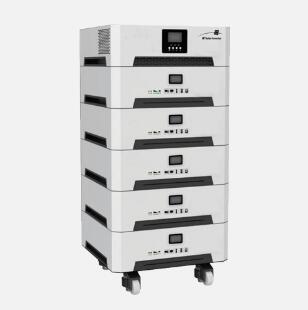How Location Influences the Effectiveness of Solar Power Supply Systems
2024-12-25
Harnessing solar energy is an environmentally friendly and cost-effective way to power homes and businesses. However, the effectiveness of a solar power supply system is significantly influenced by location-specific factors such as latitude, weather conditions, and shading. Understanding these variables can help optimize solar energy production and maximize return on investment.
The Impact of Latitude
Latitude determines the angle and intensity of sunlight reaching a location, which directly affects solar panel efficiency.
1. Equatorial Regions:
- Areas near the equator receive consistent sunlight throughout the year, making them ideal for solar power generation.
- Solar panels in these regions can be installed with minimal tilt for maximum exposure.
2. Higher Latitudes:
- Locations farther from the equator experience seasonal variations in sunlight. Winter months receive less sunlight, reducing energy production.
- Panels in these regions are often installed at steeper angles to capture lower sun angles.
Weather Conditions
Weather patterns, including cloud cover, rain, and snowfall, impact the availability of sunlight for solar panels.
1. Sunny Climates:
- Regions with clear skies, such as deserts, offer optimal conditions for solar energy production.
- Panels can operate at peak efficiency with minimal interruptions.
2. Cloudy or Rainy Climates:
- Frequent cloud cover or rain reduces direct sunlight, lowering energy output. However, modern panels can still generate power under diffused light.
3. Cold Climates:
- While cold temperatures don’t hinder solar panels’ performance, snow accumulation can block sunlight. Regular maintenance is necessary to clear panels in snowy regions.
Shading: A Critical Factor
Shading from trees, buildings, or other obstructions significantly reduces solar panel efficiency.
1. Partial Shading:
- Even small areas of shade can disrupt the electrical flow in a solar array, leading to significant power loss.
- Installing microinverters or power optimizers can mitigate this issue by allowing unaffected panels to continue operating at full capacity.
2. Planning for Shading:
- Conduct a site analysis before installation to identify potential shading obstacles.
- Trim trees or adjust the installation angle to minimize shade impact.
Optimizing Solar Power Systems Based on Location
1. Professional Site Assessment:
- A thorough assessment helps determine the ideal placement, tilt, and type of solar panels for maximum efficiency.
2. Use of Tracking Systems:
- Solar tracking systems adjust panel angles throughout the day to follow the sun’s path, increasing energy capture.
3. Energy Storage Solutions:
- Batteries store excess energy generated during peak sunlight hours for use during cloudy periods or nighttime.
By understanding how location influences solar power systems, homeowners and businesses can make informed decisions to enhance energy production and reduce environmental impact.



